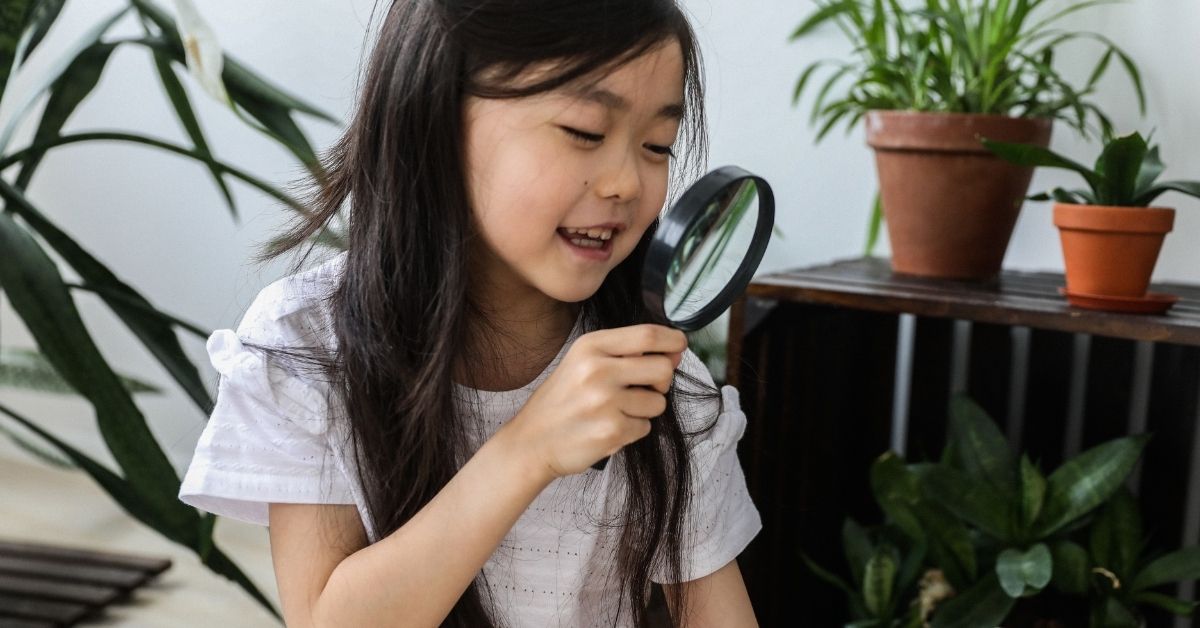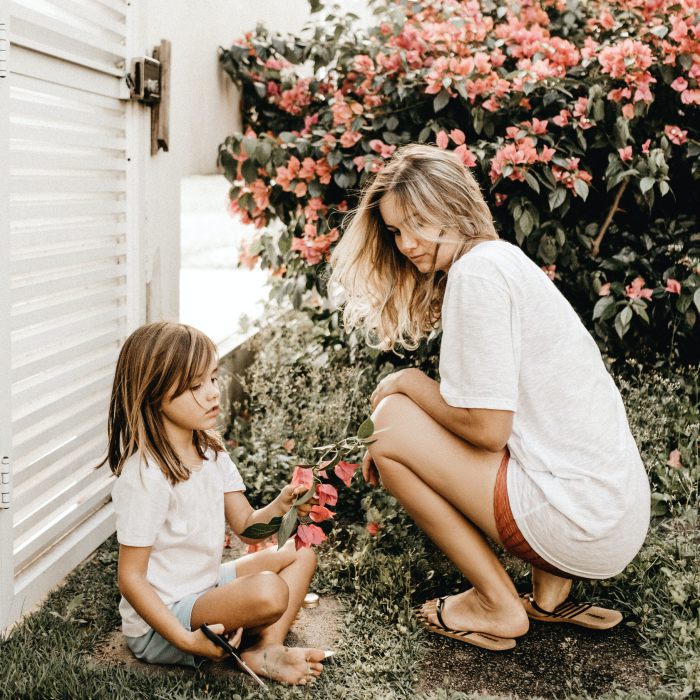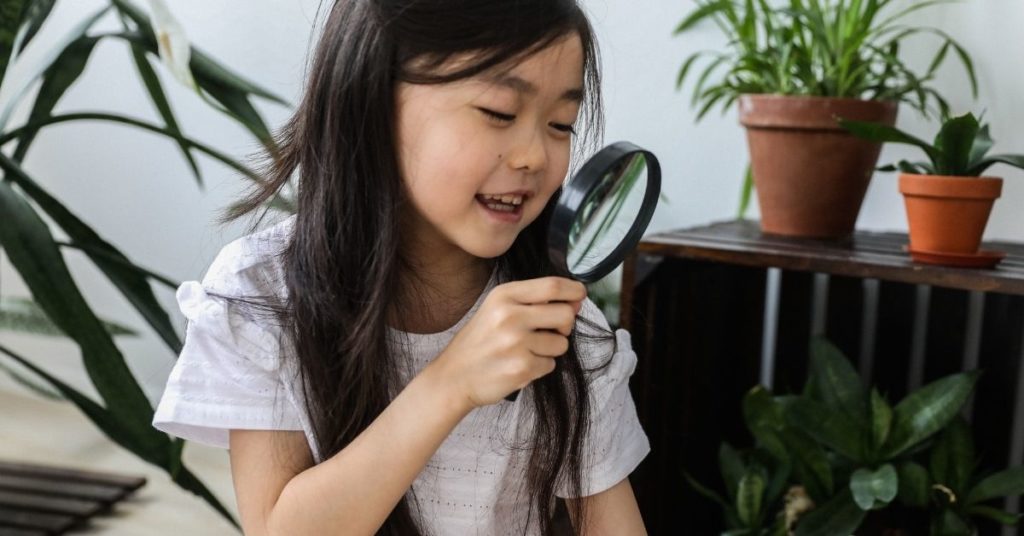After more than a year of the current pandemic, many people have gotten used to spending most of their time in their homes. Parents learned to maximize every space to accommodate their children’s learning and playtime needs. And while many may say that they’ve adapted to the new normal’s standard of schooling, it is still vital to establish conducive spaces for kids to learn and develop.

Learning starts at home. Encourage your child to explore new knowledge and unleash their creativity by creating child-friendly spaces with these four tips:
Go Minimalist
Minimalism isn’t limited to aesthetics and modern individuals’ preference for practicality and straightforwardness. Using a “less is more” approach in managing your kids’ toys, books, and school supplies is an ideal way to tackle the mess in your home.
Plus, going minimalist is one way to maintain the original look and feel of rented homes. Landlords of houses for rent in Caloocan may appreciate their tenants more if they keep their properties clean and well-managed.
If you have younger kids, separate their toys into boxes or containers where your kids can see what they want to play with. Arrange books by size and color to create an interesting look. Doing so also teaches your kids where to return things.

Use different pencil holders to hold crayons, pencils, glues, and pairs of scissors. This method keeps your kids’ supplies organized and easier to find. You’ll also avoid overcrowded boxes or cluttered drawers and desks.
For older school kids, use drawers and shelves to organize their things. Encourage them to keep their study area tidy. A clean, organized space promotes a stress-free environment for them to review their lessons, do their homework, and have online classes.
Use Visual Cues
Pictures and drawings are excellent tools to teach younger children how to do tasks. Besides practicing minimalism, use visual cues to train your kids to keep their space tidy. For example, print pictures of books with arrows pointing to the shelves. Use signs with sentences, such as “return toys to their boxes after playing,” to remind kids they should put things back where they belong.
Using visual cues helps children become familiar with following directions. Eventually, your kids will also learn to clean up after themselves and become more independent as they grow.
Designate Spaces For Different Activities
Suppose you have a lot of elbow room in your living area or in your kids’ bedrooms. Maximize the extra space by designating areas for different activities. For example, create a mini-library with a seat and table for your kids to read comfortably.
Got artistic kids? Set up an easel for them to paint on canvas or larger pieces of paper more effectively. Use roller carts to hold paints, brushes, and other art supplies. The vertical position of easels also saves more space in their area.

Encourage Outdoor Play
If you have a backyard or spacious outdoor area, use those to encourage outdoor play. Take your kids on a “field trip” to your garden to teach them about different plants, flowers, and insects. For pre-school kids, use your garden to educate them about colors, shapes, and names of things.

Schedule playtime outdoors from time to time. Letting your kids run and explore the outdoors helps them stay active and happy. Encouraging outdoor activities also keeps your kids from getting bored or spending too much time with gadgets.
Promoting learning, fun, and independence starts at home. Use these four tips to create safe and conducive spaces for your kids to learn, play, and explore the world around them.




So helpful nitong blog mp mommy,, being creative, and minimalist is one of a kind. Need to guide our kids for doing this all activities educational , and having outdoor games IA so fun lalo na kung oati tayo ay makikijoin sa kanila. Fun is truly starts in our home and exploring them to other activities even inside or outdoors is a great experience for them.
Different spaces for different activities is such a great idea! It gives the kids a dedicated space, and it prevents so many accidents.
When my boys were younger we had a playroom that was just for them. They could do what they wanted in there. We did keep a lot of the toys in the closet and would rotate them. It was less messy and the toys seemed new and exciting again when we rotated them.
I love this! Really want to design spaces for different things and I can see how visual clues would really help children, especially young children understand where we use glitter (the craft table) vs where we don’t (ie mom’s bed!)
We honestly try to make our entire home child friendly at this stage. Love this!
Clear and established spaces in your home is a must. I love the idea of organizational spaces that have a a purpose and make sense to children.
Even if this pandemic didn’t happen. I think it is important to have these areas set up for our children. It is not only our home… it is theirs as well and it shows that they have a space in this house just as much as we do.
These tips are so productive and fundamental for early childhood growth. My parents would emphasize outdoor play a lot growing up.
ONe of the things that I do to keep our house child-friendly is to take out breakables, pointy edges or long strings/ropes that could harm them when I’m not looking, especially because I work from home and do other things, too. Minimalism is the way to go!
This is awesome and I encourage outdoor activities for kids to help them move and go outside.
We designated a playroom area in our home when the kids were younger, and it was a great strategy. It made for a good way to contain all the toys and mess into one room, plus it was safe for the kids.